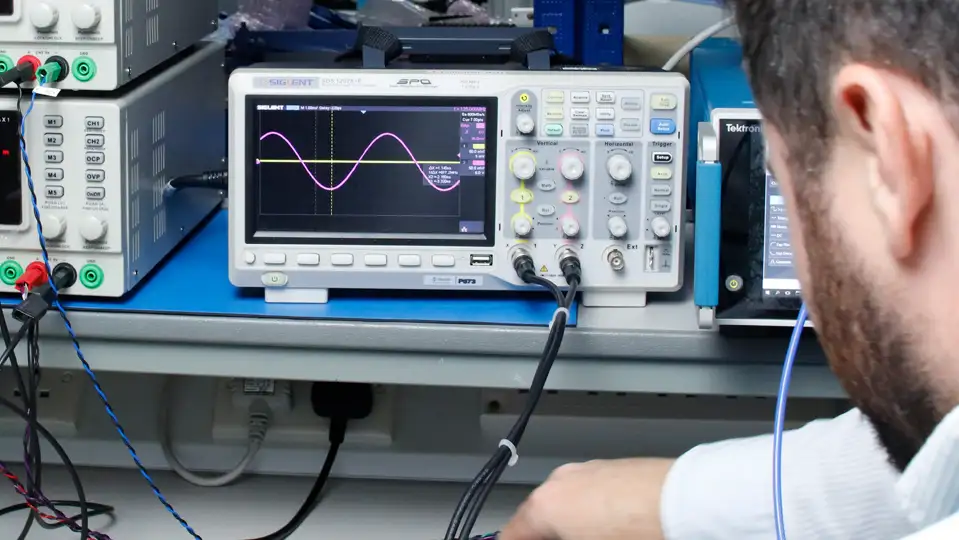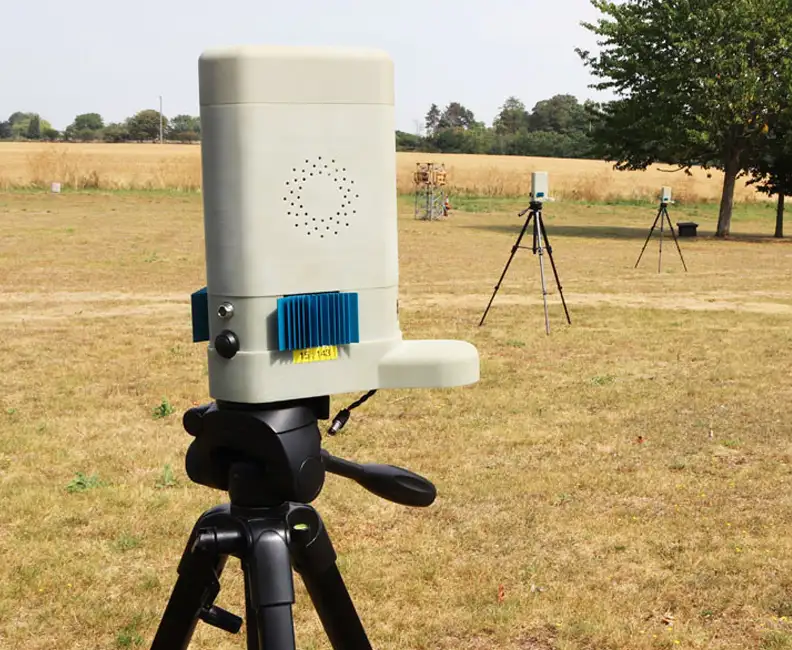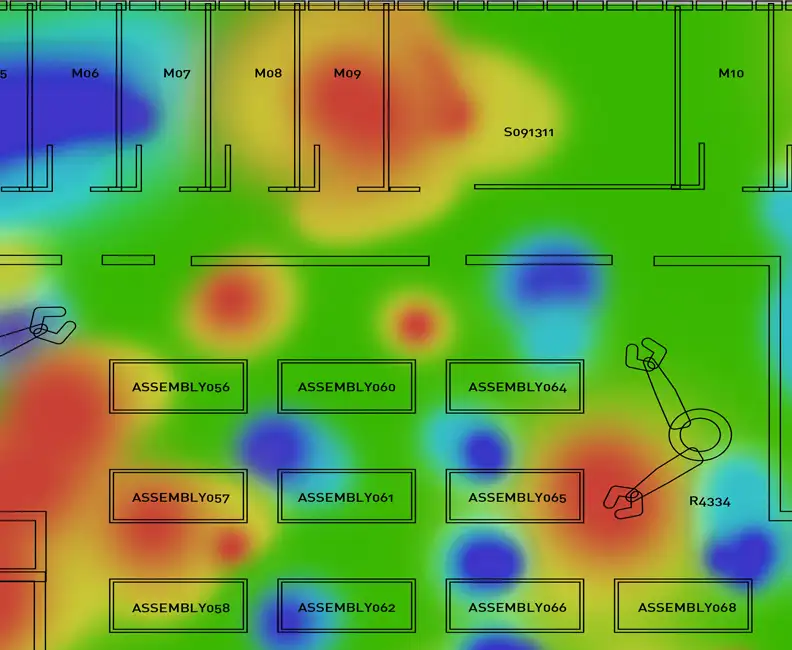
Spectrum Monitoring
Detecting and identifying emitters in complex radio frequency environments
The radio frequency (RF) spectrum in modern environments is cluttered with a vast array of different signals – making it a challenge to detect, identify and locate any signals of interest.
In an increasingly connected world, RF signals are at the heart of everything from mobile phones, digital radios and TV broadcasts to GPS navigation systems and Internet of Things devices such as smart meters.
Spectrum monitoring is crucial to keep things running smoothly without interference – whether on the battlefield or tackling the problem of detecting unauthorised drones near airports.
Real-world challenges
Key skills

-
Radio Frequency (RF) geolocation
Advanced RF geolocation techniques for detecting and locating objects, relying on years of experience in hardware development, antenna design and embedded signal processing.
-
Machine Learning (ML)
Designing and embedding state-of-the-art ML algorithms within miniature processing hardware to parametrise and identify RF signals in a cluttered spectrum.
-
RF system design
Expert design skills in low-noise analogue front ends capable of filtering out interferers, amplifying wanted signals and providing flexible coverage over many GHz of spectrum. Design of digitisation hardware to optimally digitise analogue signals for subsequent processing.
-
Embedded software
Efficient real-time software implementation on miniature embedded processors.
-
Antennas and propagation
Design of wideband efficient antennas in compact form.
-
Signal processing
Advanced signal processing methods to filter, de-noise and parameterise signals.
What sets us apart when it comes to spectrum monitoring?
Plextek’s expertise covers all aspects of spectrum monitoring, including:
- Anomaly identification
- Autonomous detection
- Classification
- Cluttered environments
- Complex RF environments
- Electronic surveillance (ES)
- Electronic warfare (EW)
- Emission analysis
- Geolocation
- Interference management
- Machine Learning (ML)
- Radio Frequency (RF)
- Signal classification
- Signal parameterisation
- Software defined radio (SDR)
- Threat detection





































